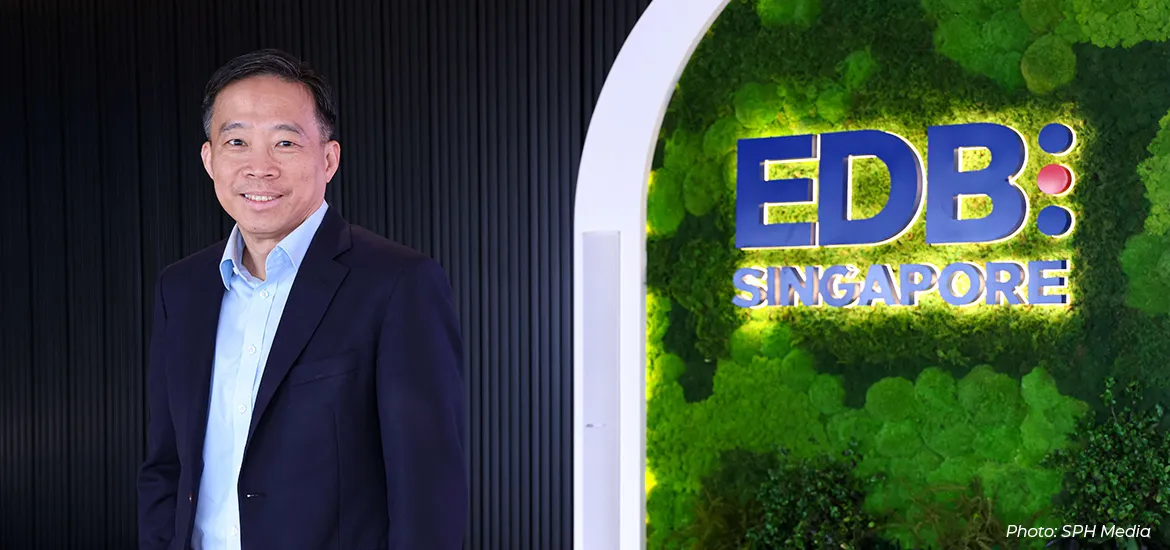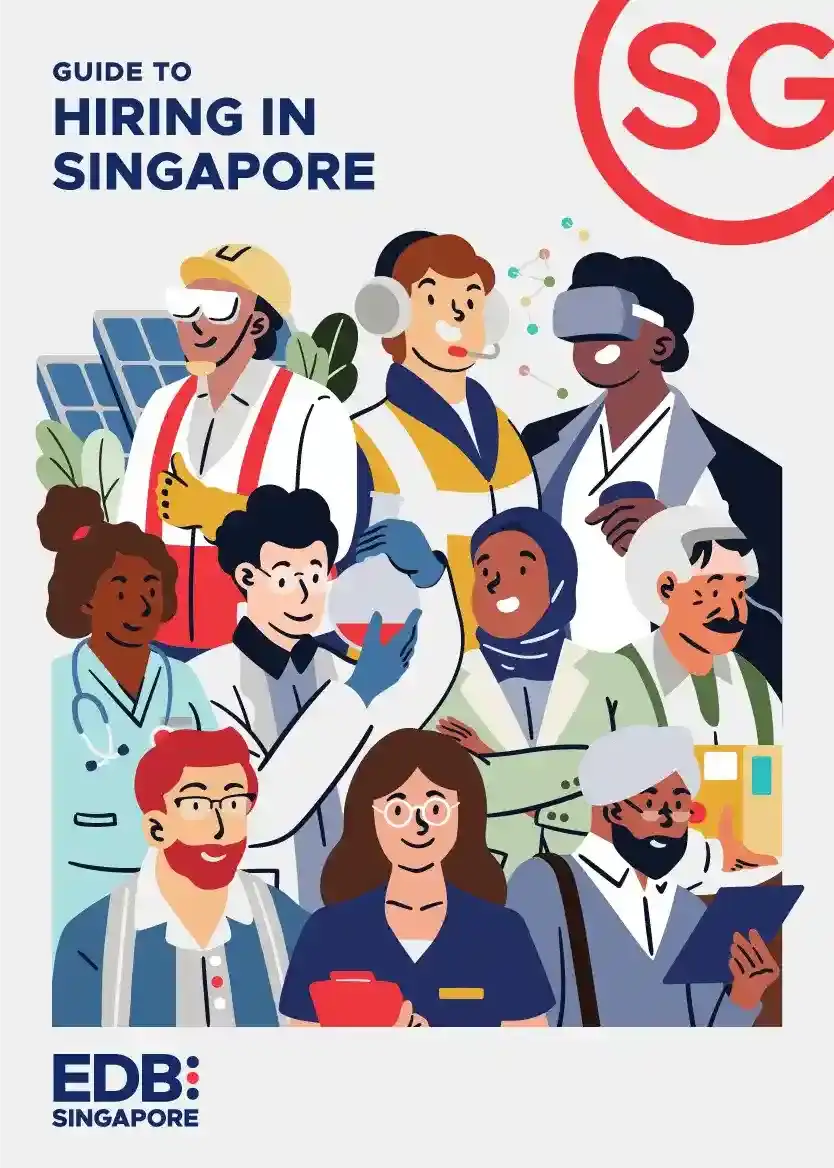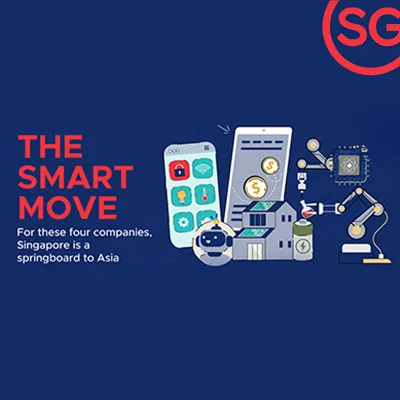As at mid-2025, Singapore secured more than 40 AI centres of excellence, attracting both digital-native and industrial firms to research and develop various forms of artificial intelligence (AI) solutions here, including those related to proprietary generative AI (GenAI).
GenAI is a type of AI that can create new content – such as text, images, audio, and video – based on the data it has been trained on.
Last year, Singapore also launched three new accelerators that nurtured more than 50 promising locally based ventures.
This is attributable to Digital Industry Singapore, a joint office formed in 2019 by the Singapore Economic Development Board (EDB), Enterprise Singapore (EnterpriseSG), and Infocomm Media Development Authority.
The government has been working with industry players to set up sectoral-based centres of excellence to look at use cases that can be applied widely and build domain-specific capabilities in key economic sectors.
For instance, the Sectoral AI Centre of Excellence for Manufacturing, which was launched in September 2024, supports industry partners and companies in the adoption of GenAI and machine learning in areas such as quality assurance and predictive maintenance. This is to enhance the manufacturing value chain.
AI is just one aspect of Singapore’s economic evolution.
EDB chairman Png Cheong Boon said EDB will continue to attract investments that are knowledge and innovation-intensive, aligned with the Republic’s transition to a low-carbon economy, and that have high growth potential.
“We are targeting high-value investments that create good jobs requiring deep capabilities and that entail regional or global responsibilities; and where companies have a strong focus on the training and development of employees,” he noted.
These would include manufacturing and services projects in sectors such as aerospace, semiconductors, biopharmaceuticals, medical technology, and specialty chemicals, besides new growth areas such as precision medicine, AI, and sustainable products and services.
With sustainability being a priority, global companies see it as a plus that Singapore partners them in their low-carbon transition, added Png. These range from adopting renewable energy to increasing energy efficiencies in existing processes.
Today, there are more than 150 carbon services and trading firms – double the number from 2021.
Besides renewable energy services and the bio-economy, an area that Singapore is actively looking at is low-carbon technologies.
The Republic is home to the world’s largest sustainable aviation fuel production facility by capacity, operated by Neste, and is developing a cross-border carbon capture and storage hub led by ExxonMobil and Shell to support domestic decarbonisation.








